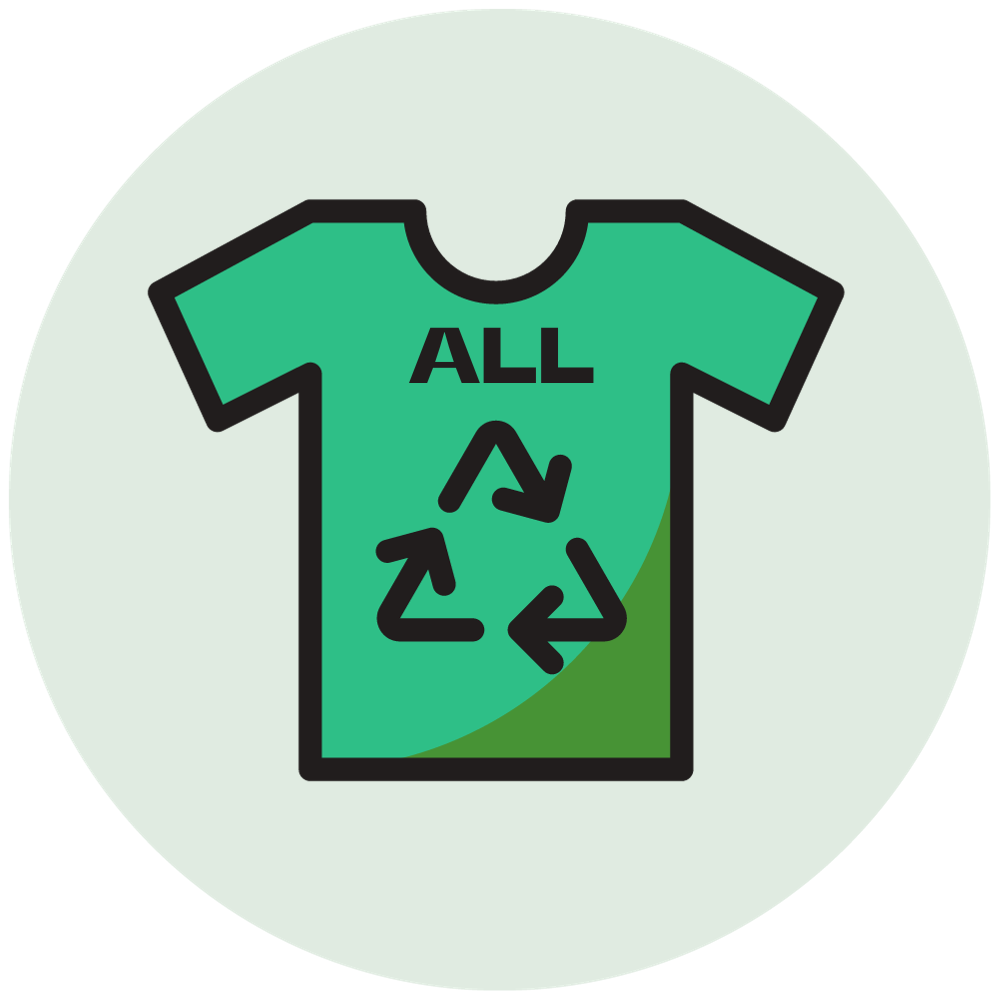Aftermath Learning Lab Publishes a Peer-Reviewed Publication in Waste Management
Abstract:
The amount of post-consumer textile waste (PCTW) generated annually in the United States has increased nearly ten-fold since the 1960s to exceed more than 34 billion pounds annually. Of the waste generated, 66% is sent to landfills, 19% is combusted with energy recovery, and only 15% is recycled. When left to decompose in landfills, PCTW decomposes, producing harmful leachates and greenhouse gases including methane. In this study, we used publicly available data from 67 counties in the state of Florida from 2014 to 2019 to assess how PCTW generation and recycling behaviors differ by area-level demographic, socioeconomic, and retail characteristics. We also used publicly available data on landfills to determine whether these same factors were associated with having more landfills per capita in a county. This study provides preliminary evidence that people living in areas with higher incomes, that are more racially segregated, and that have more clothing stores generate significantly more textile waste than people in other areas. In contrast, there were more landfills per capita in areas with lower incomes and fewer landfills per capita in areas that were more racially segregated. Textile recycling occurred at relatively uniform rates across counties. Taken together, these findings support the understanding that textile waste represents an issue of environmental injustice; wealthier communities contribute more PCTW to landfills, which are more commonly located in communities with lower socioeconomic status. Multipronged solutions are needed to produce relevant behavior change, including efforts and policies that seek to reduce textile consumption and increase textile recycling at the individual and societal level.
Citation:
DeVoy, Julia E., Elizabeth Congiusta, Dielle J. Lundberg, Sarah Findeisen, and Sunand Bhattacharya. “Post-Consumer Textile Waste and Disposal: Differences by Socioeconomic, Demographic, and Retail Factors.” Waste management 136 (December 2021): 303–309. http://dx.doi.org/10.1016/j.wasman.2021.10.009.
